“As Inga people, from preschool to our doctorates, we learn and reproduce knowledge that is not ours. It is the imposed way of the scientifically proven that has obscured all other routes of access to knowledge, including those of the indigenous people and other epistemologies of the south. Today, it is important that the western knowledge and our knowledge have a space for dialogue.” ——Hernando Chindoy Chindoy, leader of the inga people of Colombia


with Shen He, Timmy Huang, Tu Lan
01 Context
The indigenous community Inga Aponte inhabit a large area across southern Colombia around the region of Putumayo. From the Andes to the Amazonian lowlands, their territories are biologically rich and strategically important as the source of major Amazonian rivers. Over the past 300 years, the Inga community has struggled for survival in the presence of the guerillas, armed drug traffickers, and paramilitary, who between 1986 and 2004 infested the indigenous communities, violated their territorial rights, degraded the local ecosystems and hampered any development of the rural population. Education has been a major tool for integrating the indigenous communities into the colonial and Christian projects. In the early 20th century, with the new road connecting the Andean centers with Mocoa, missionary schools appeared in these Amazonian provinces.
In 2003, the Inga community initiated a remarkable process of self-determination and rediscovery of their ancestral way of life and their vital relation to the natural environment. At the heart of this liberation effort lies Aponte, an Inga Resguardo (reserved indigenous territory) that had been transformed into an area of poppy plantation and heroin production during the civil war. Under the leadership of young governor Hernando Chindoy Chindoy, the community managed to turn the village into an official reservation, rid themselves of these groups, and turn the surrounding fields into coffee plantations. Through the use of organic fertilizer and reforestation, they managed to recuperate 2500 ha of affected land which has since recovered soil, water and biodiversity (Devenir Universidad, 2022). The process successfully initiated self-determination and laid a solid foundation for the community to recover their ancestral way of life and knowledge. Now, they strive for a university that will safeguard their knowledge, their natural environment and culture, and educate a new generation of indigenous youth to be prepared for a professional future in their territories and beyond.
social, political, economical
The university serves as a political tool for the Inga community to reclaim and strengthen their losing territory, protect their mother nature, and preserve the indigenous existence. It‘s about to survive, to transmit, to perpetuate. The university also serves as an economical tool to support the community with its agricultural learning activities. The aim is to help strengthen the economic autonomy of the Inga community and put an end to poverty, drug trafficking, and illegal mining.
educational
The university serves as a place to educate the community with both indigenous and non-indigenous knowledge. The aim is to weave bridges between indigenous learning systems and western science. The university includes a process of archiving indigenous knowledge and building a network of resources, which happens in both built and unbuilt level. The education differs from the conventional. It stresses communal work, exchange of knowledge, and learning by doing.
ethnic and cultural
The university encourages communication across different groups in terms of ethnics, generation, nationality, scale, gender, discipline, etc. As a sustainable agriculture system, chagra produces not only food and medicine but also built space where social, spiritual, and educational events happen.
architecture and planning
The architecture of the university is expected to represent their culture in terms of material, space and typology. Constructions should be flexible to use and can be adapted to other uses if necessary. The construction will mainly be done in the form of Mingas. The university should be spread out in the whole territory, with bio-corridors in between as a path to knowledge and a path with nature. The threshold of territory should be clearly defined by natural and/or built means, in order to draw awareness while entering it.
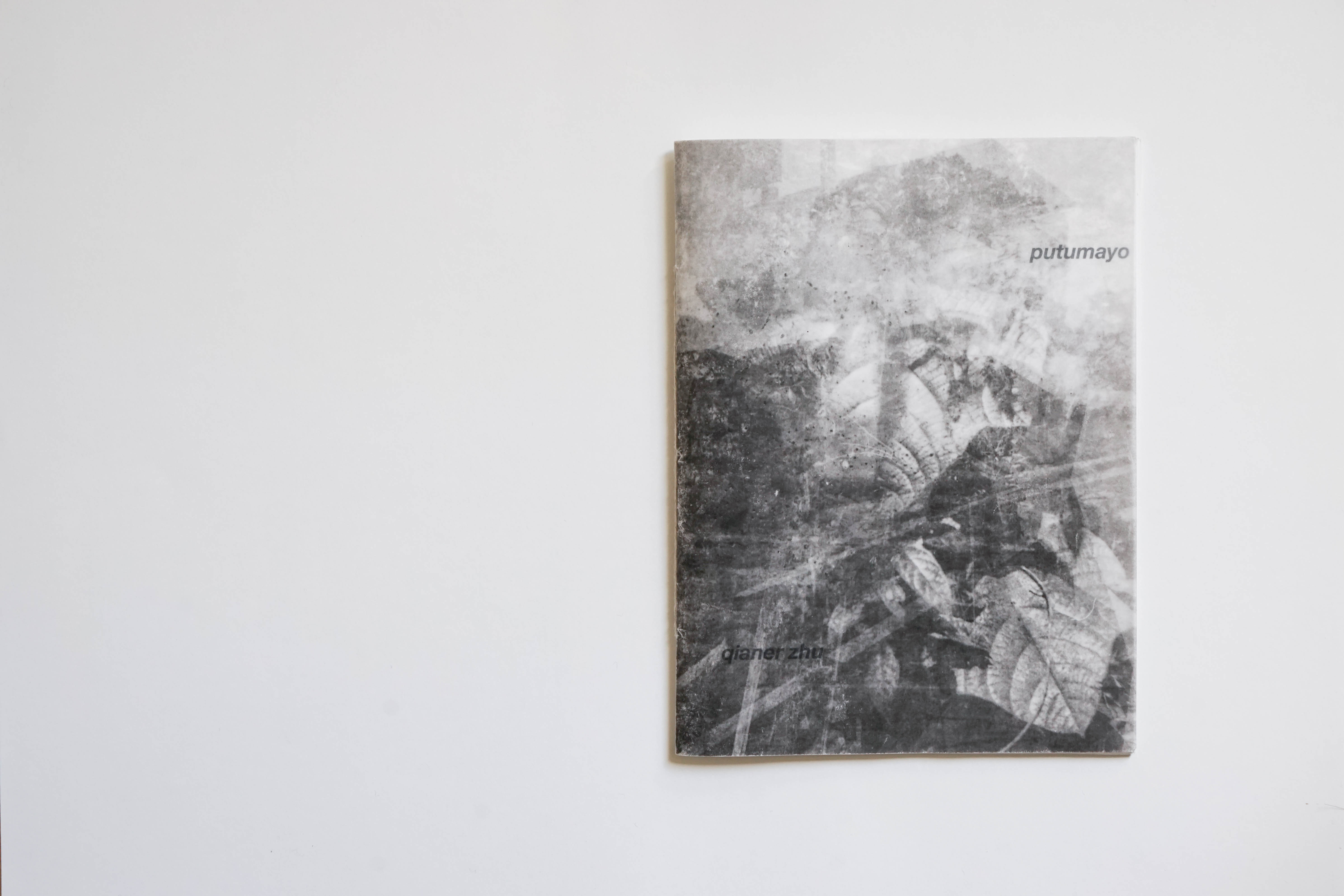


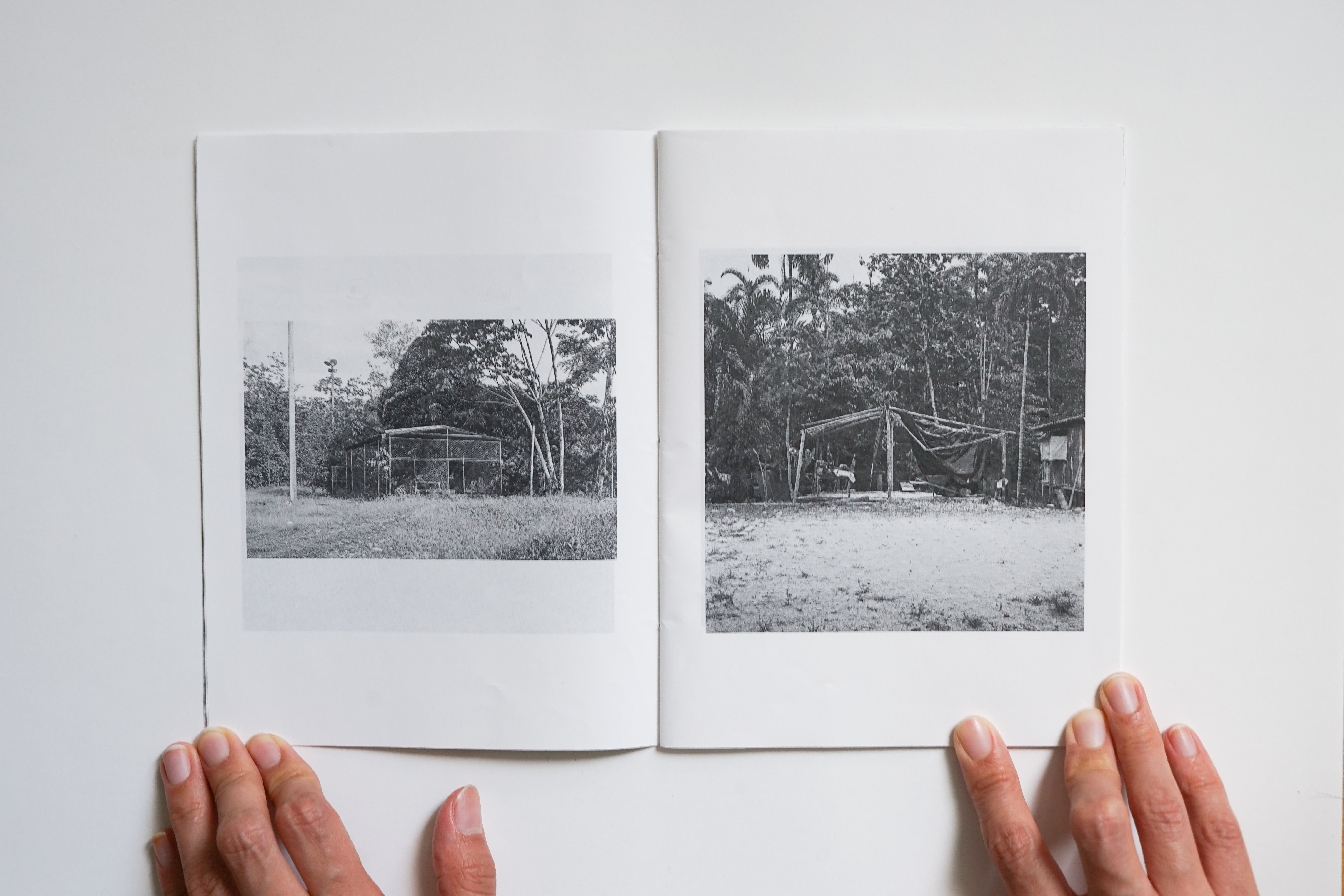


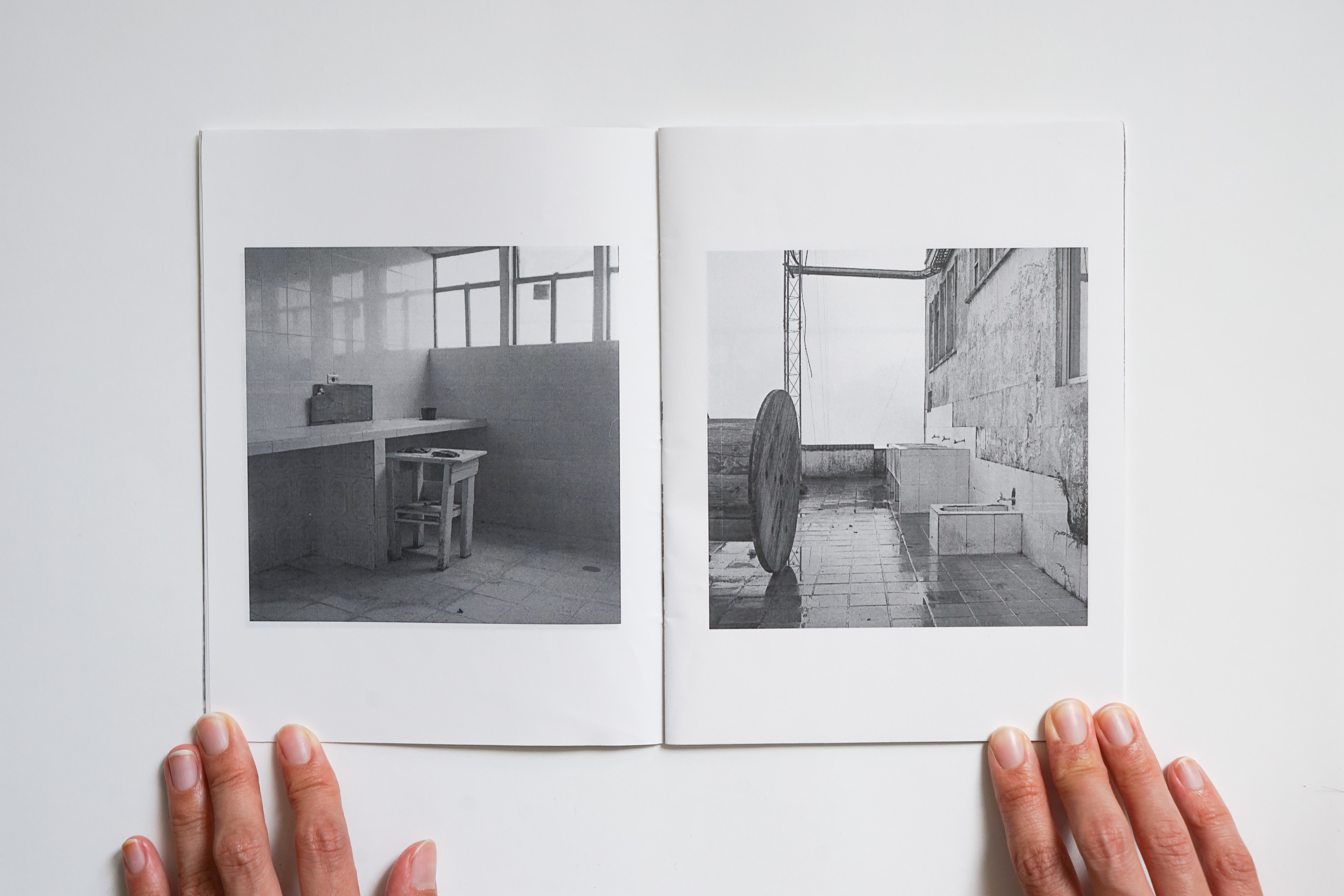
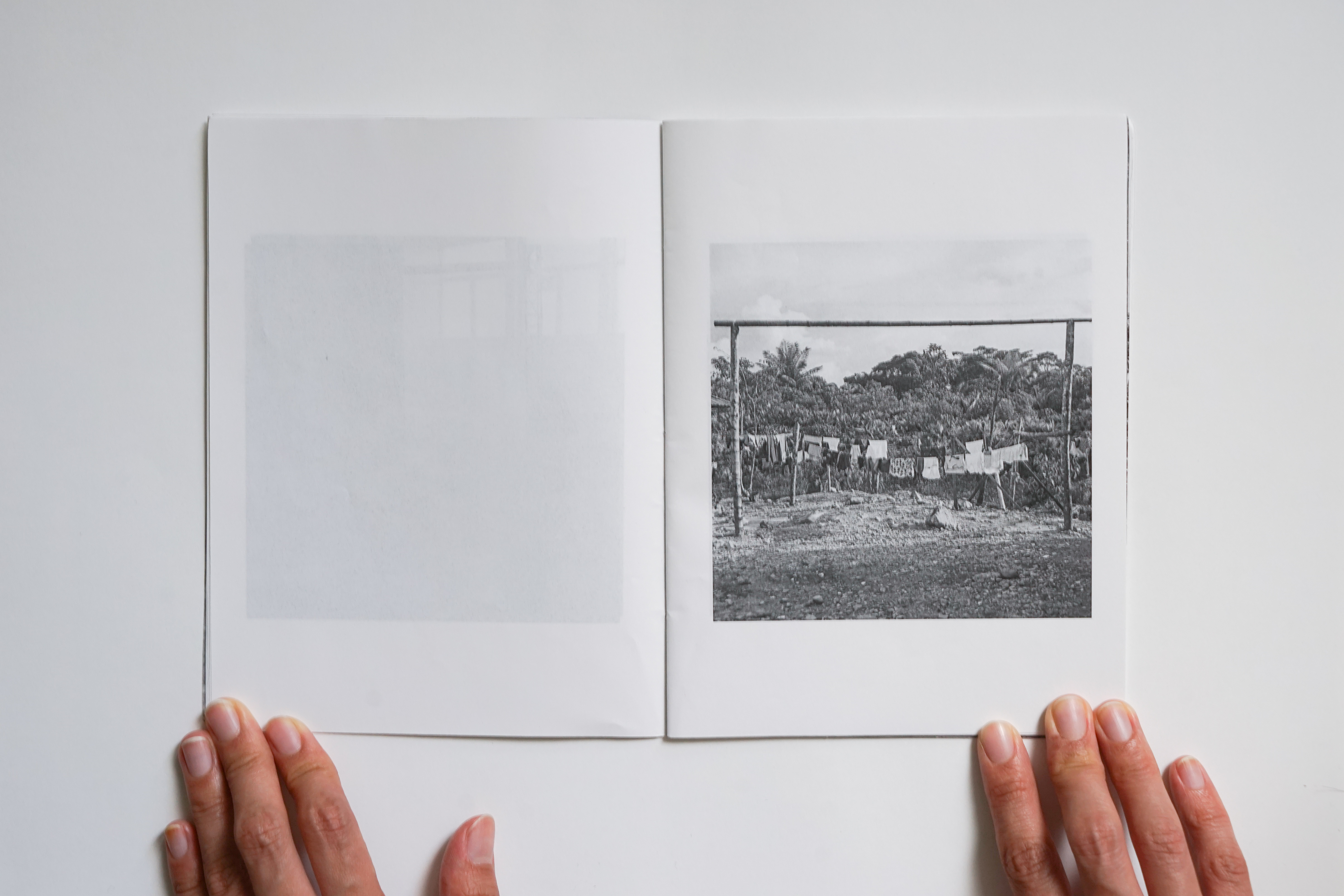


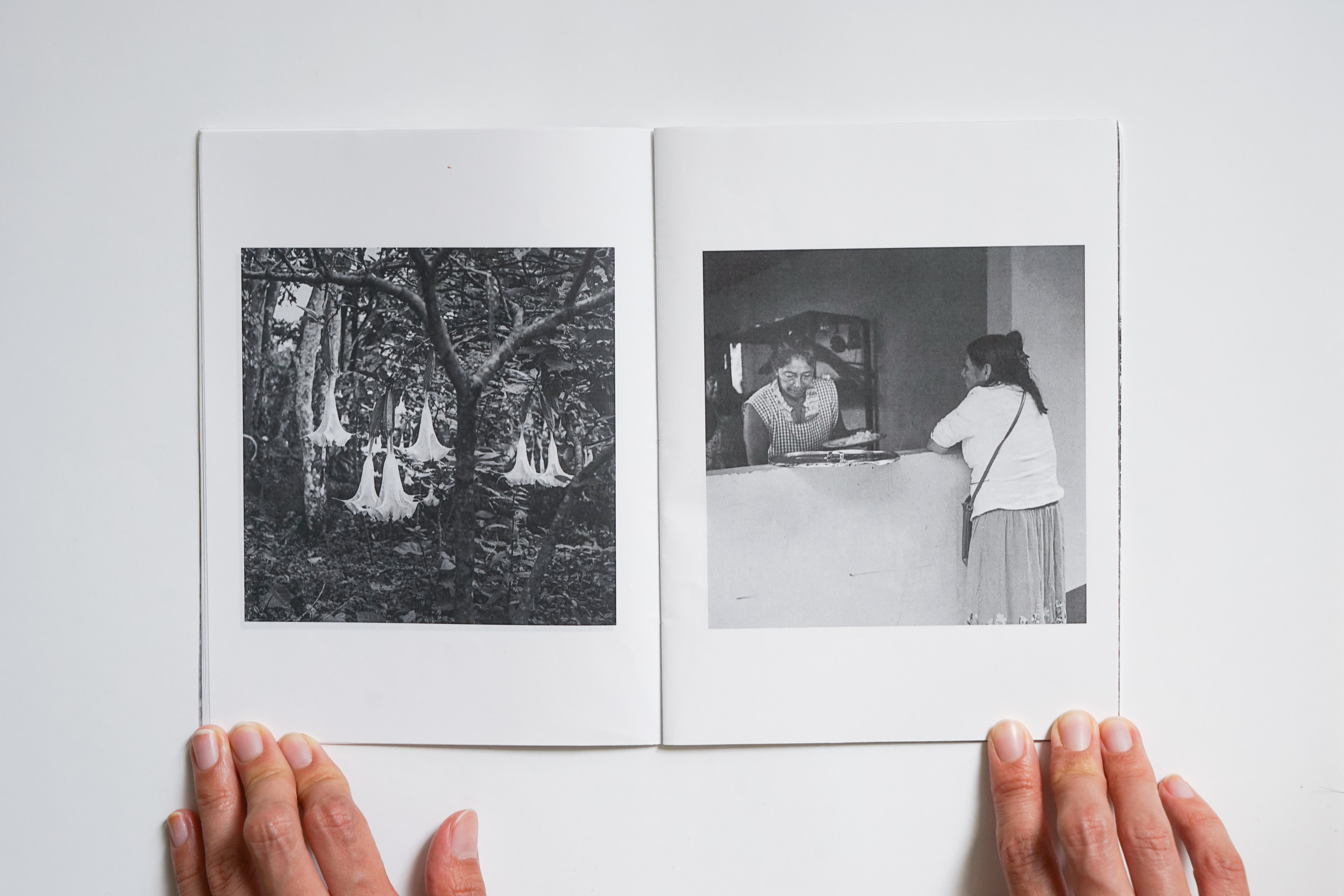

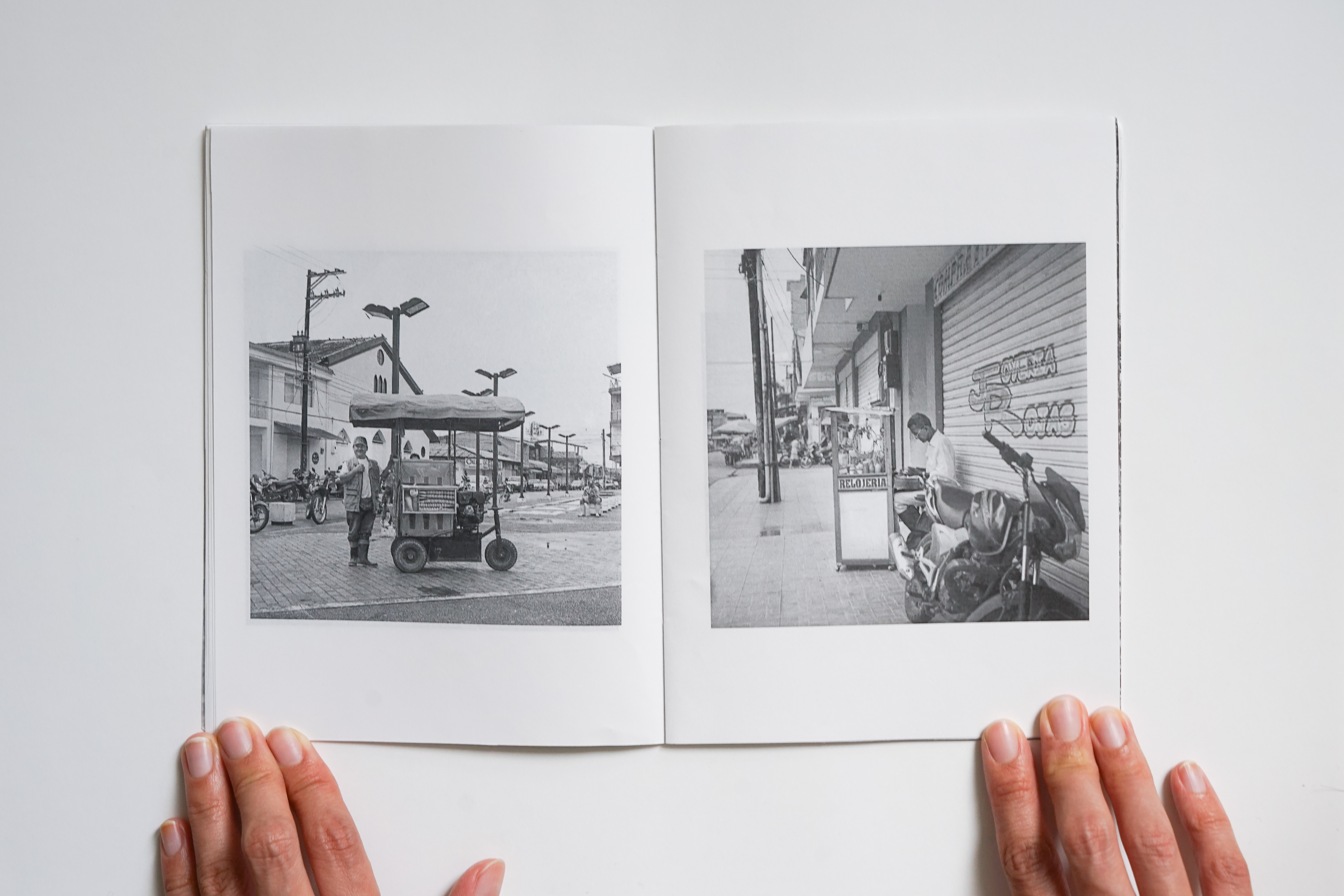
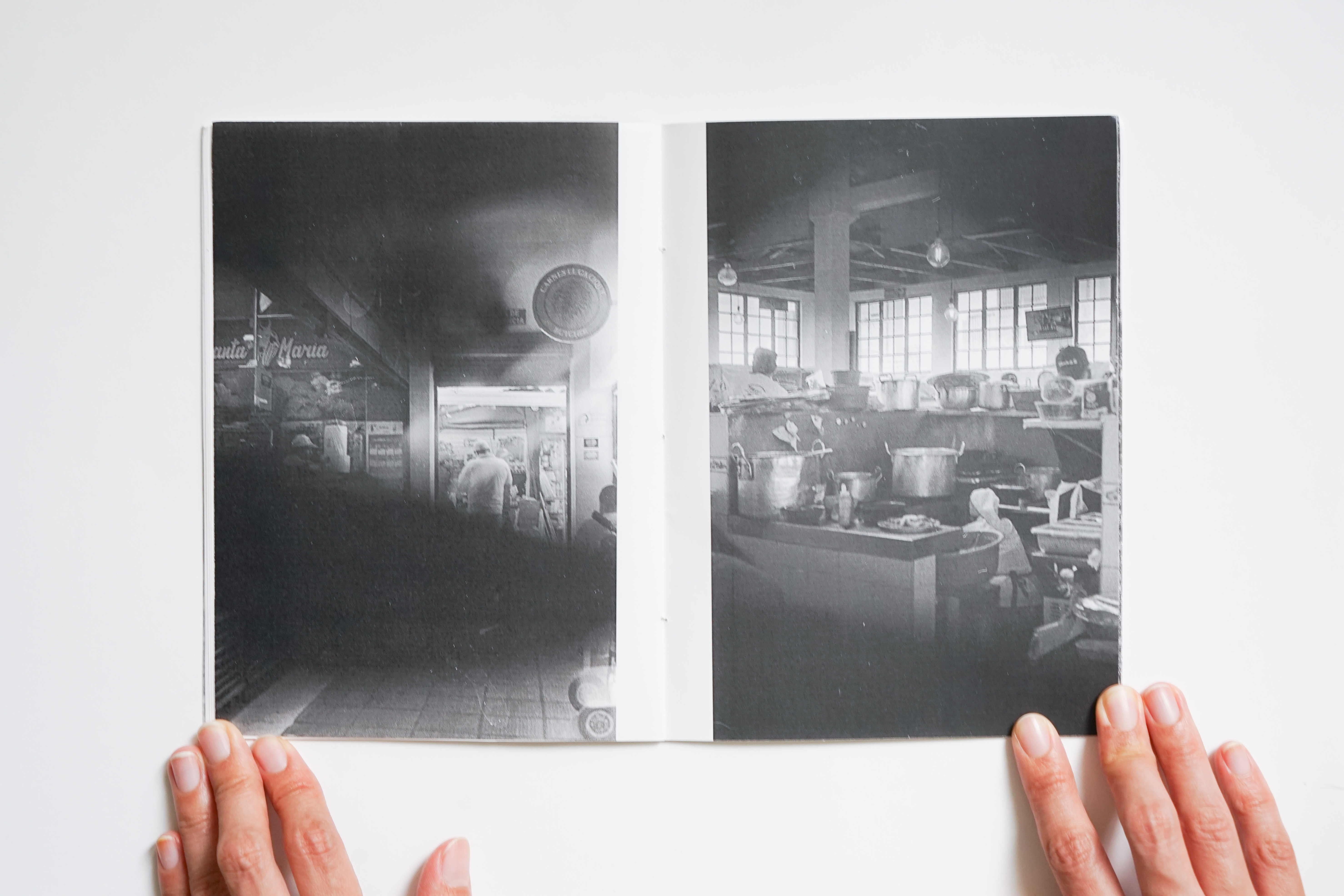

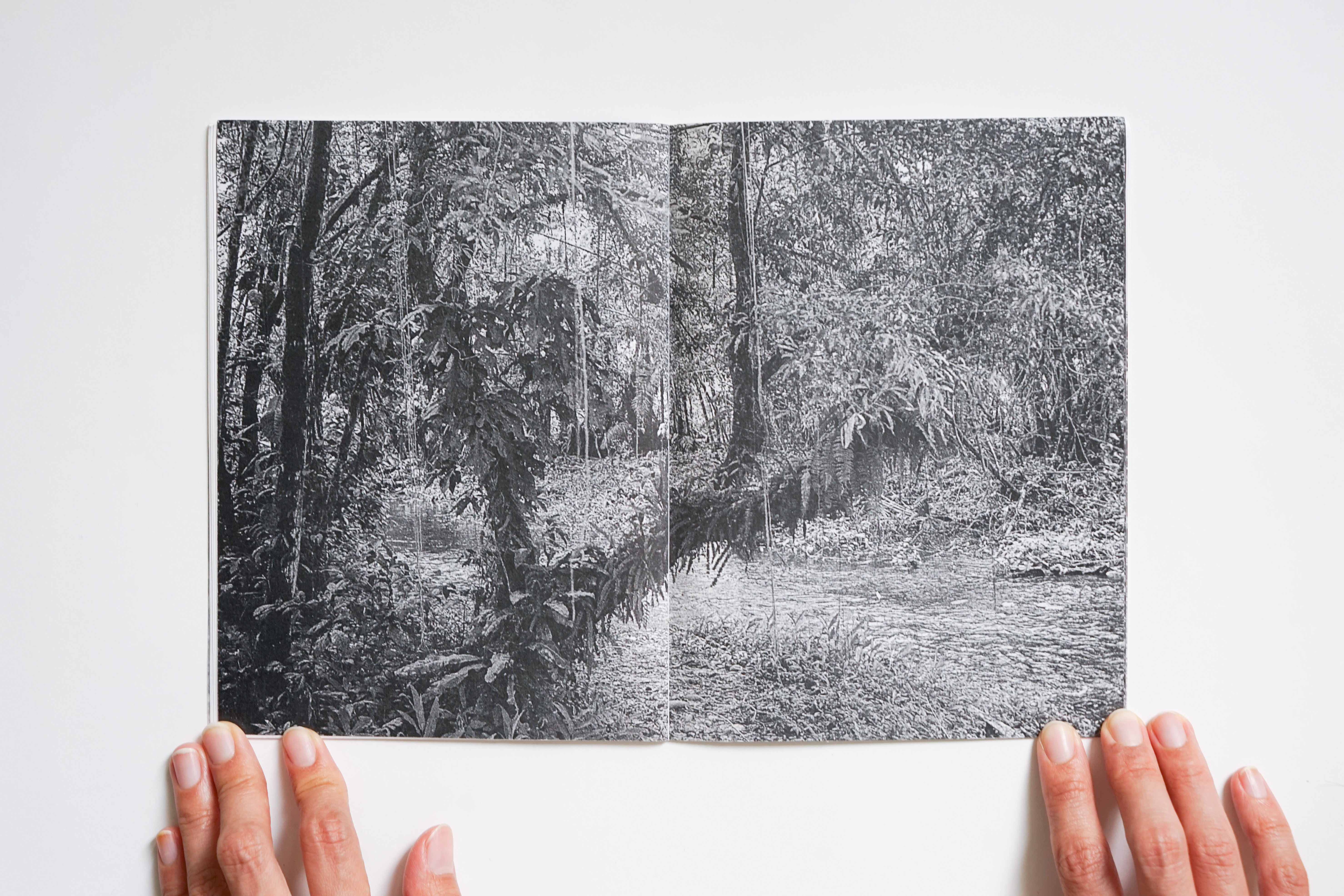
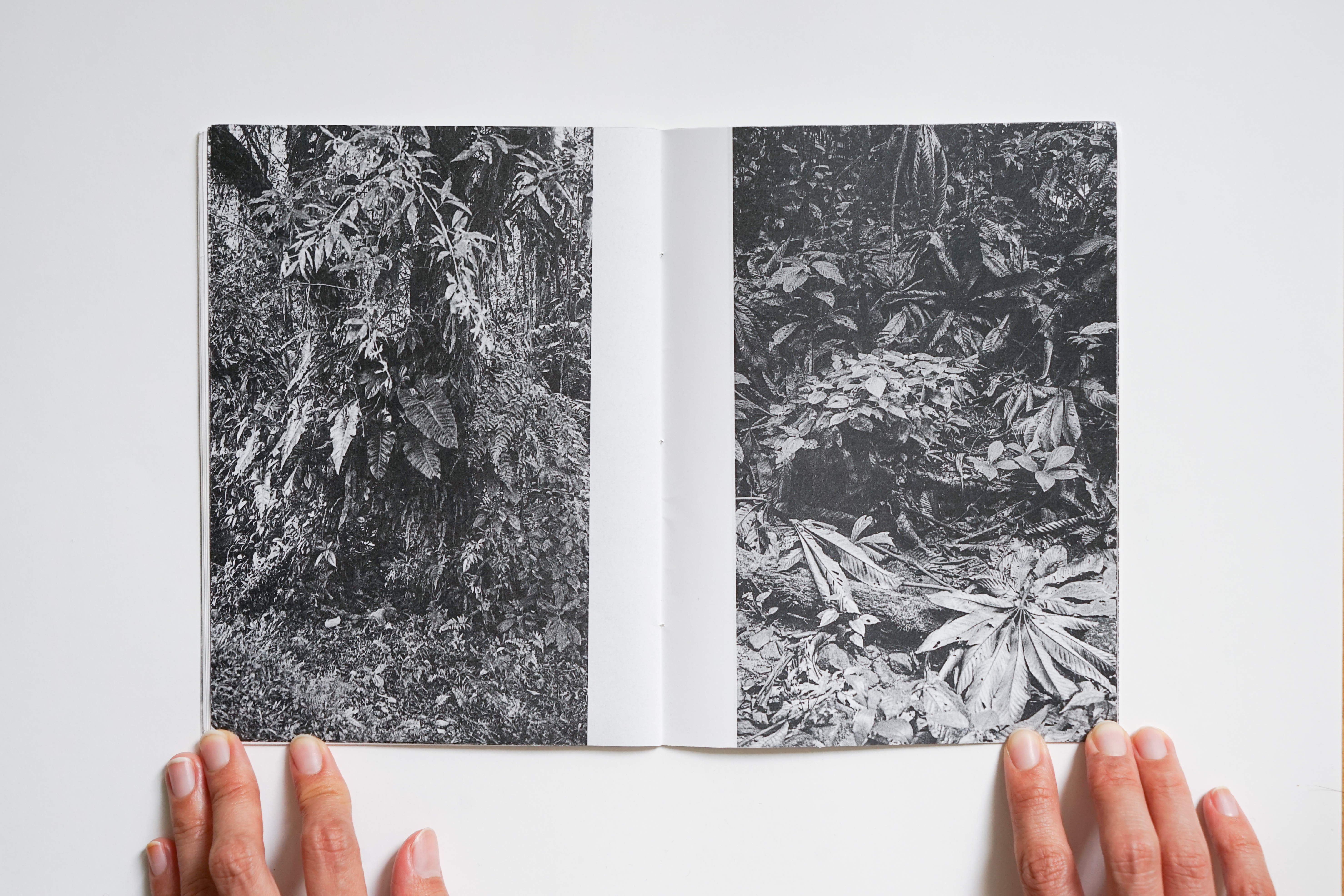

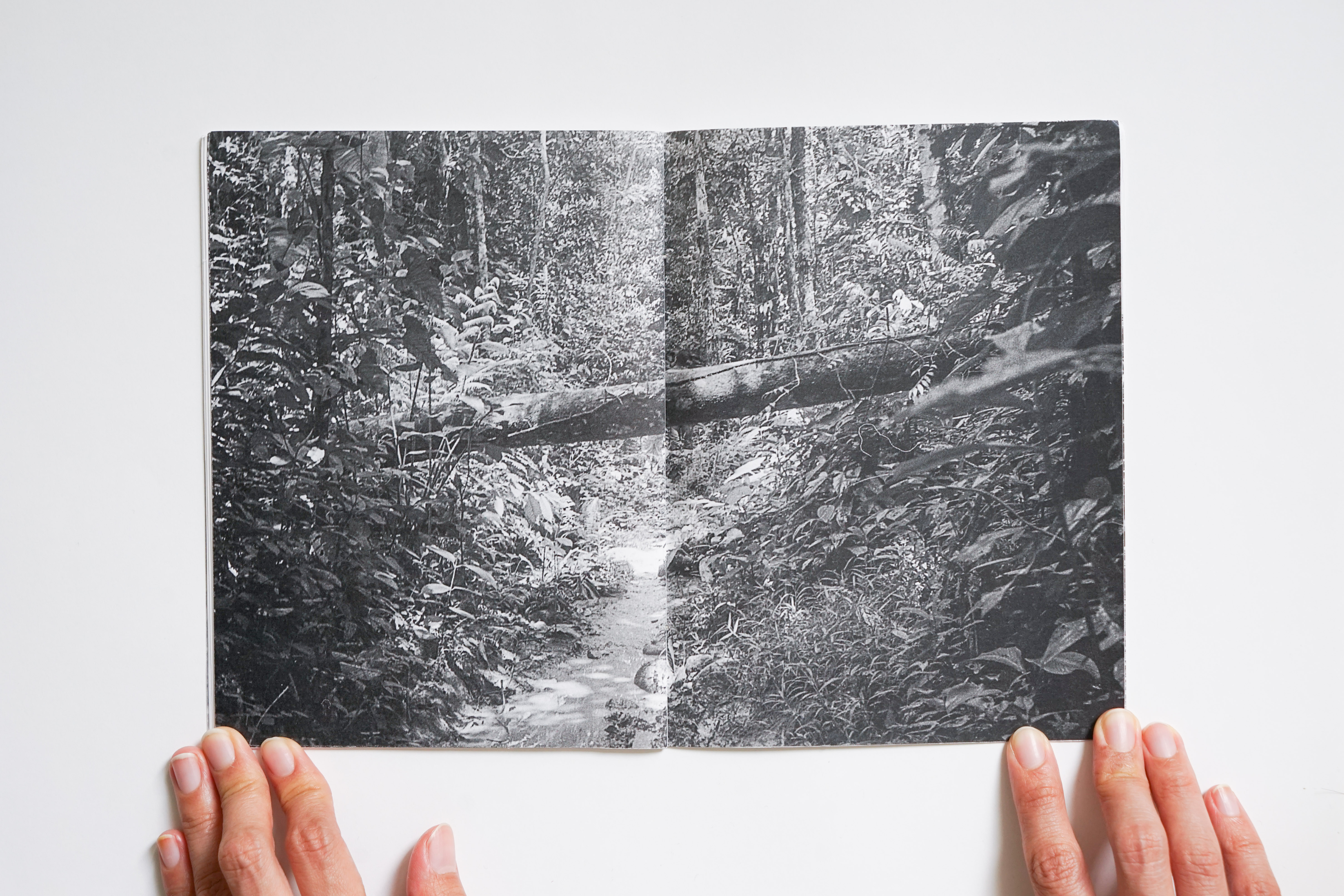
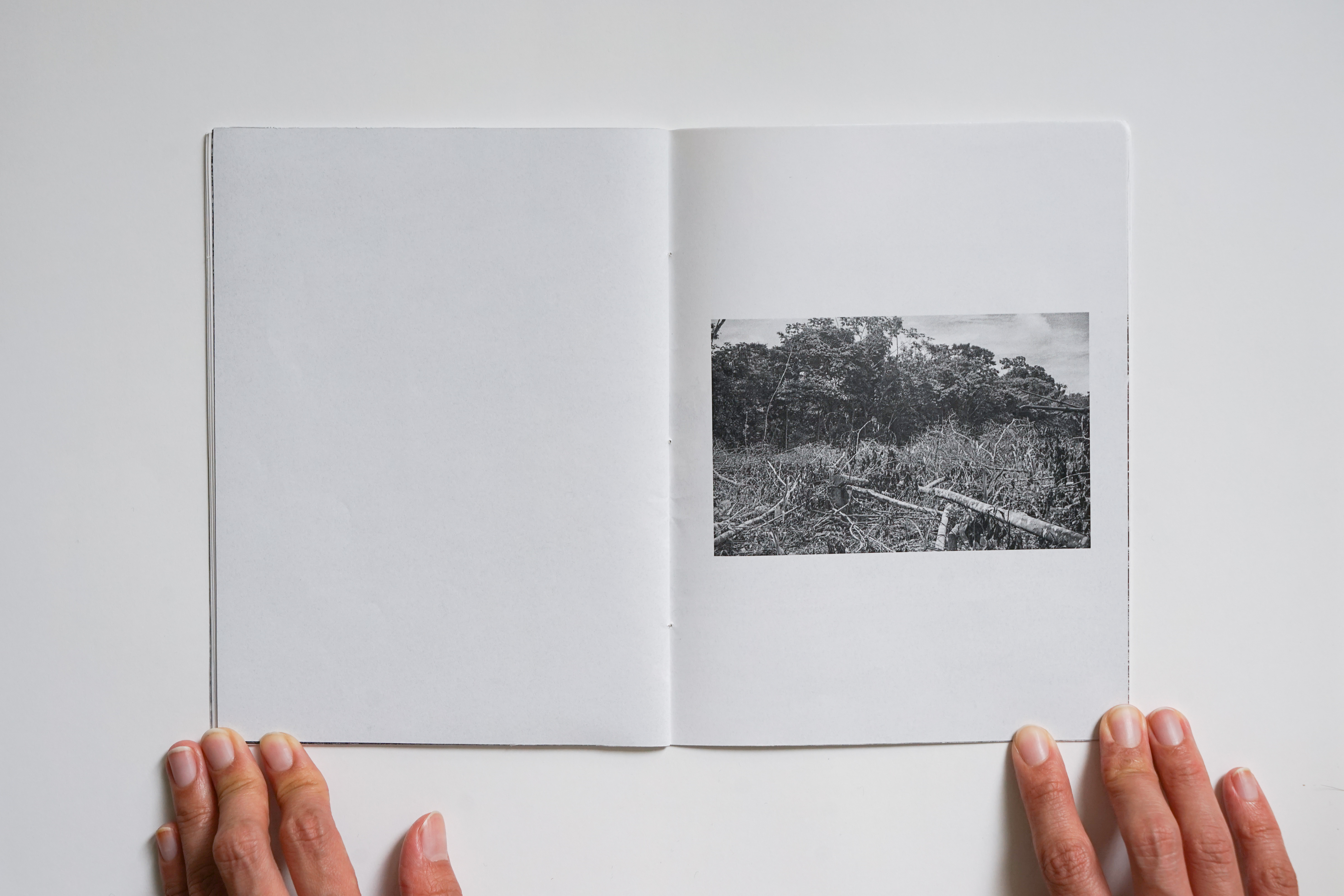
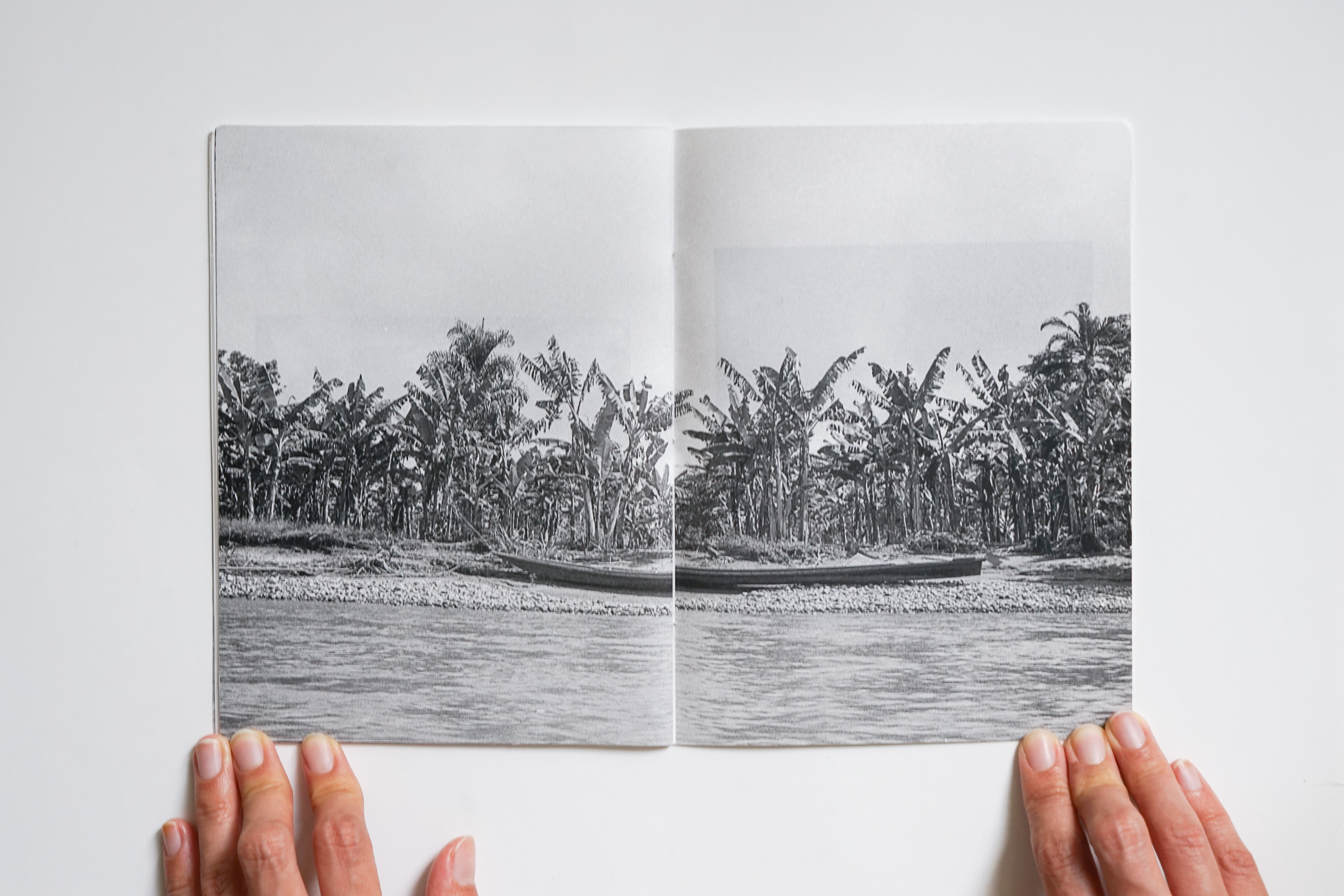





02 Photobook
For all those who live in Putumayo with optimism, strength, and hope.
During 20th to 25th of October 2019, the 17 students of the stu- dio in Zurich together with stu- dents from Inga community and Bogotá, made a trip to the heart of the Inga territories, guided by Hernando Chindoy and with the help of Ursula Biemann.
As an analogue photographer, I took two analogue cameras with me during the trip and made a photobook of the journey.
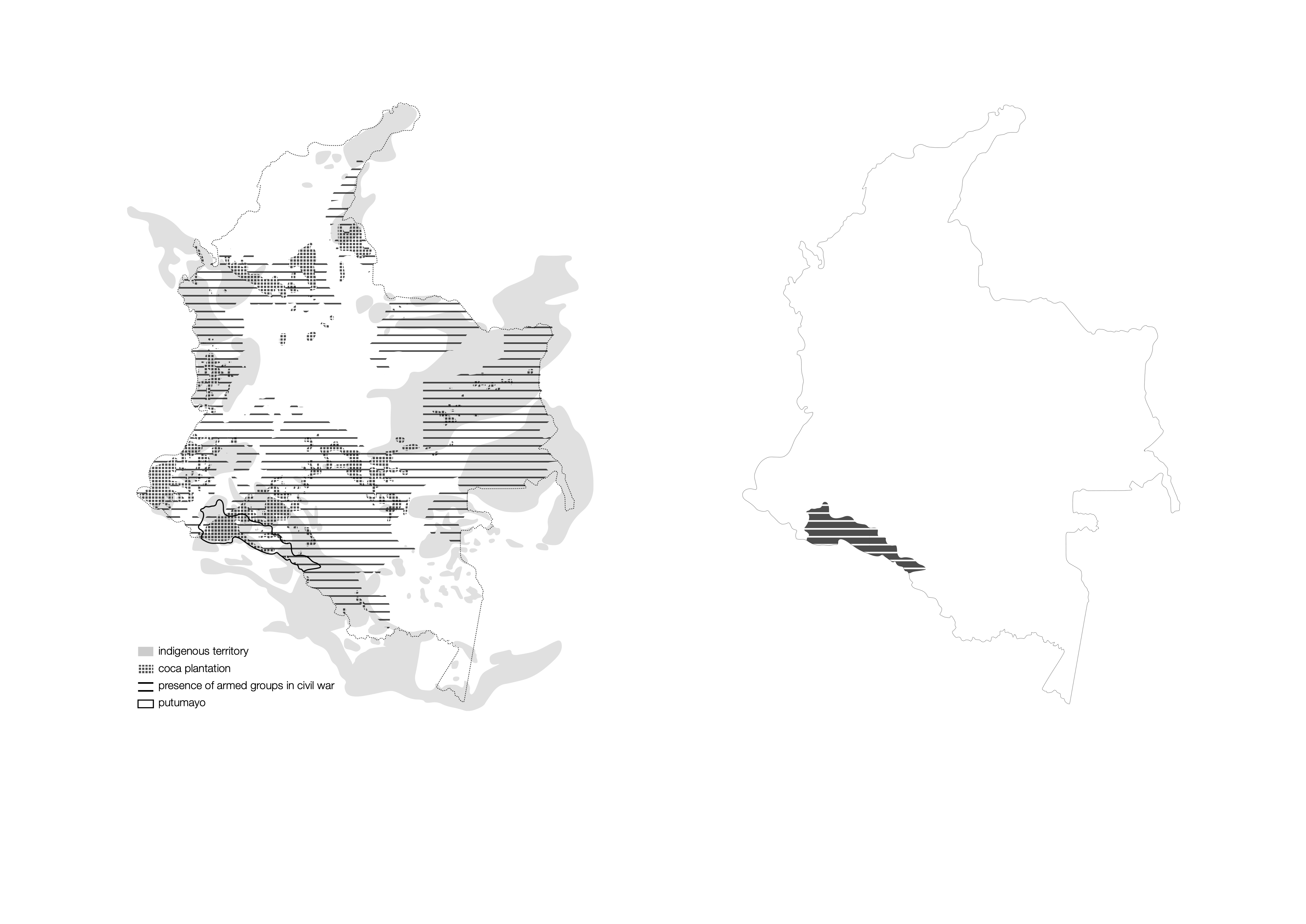

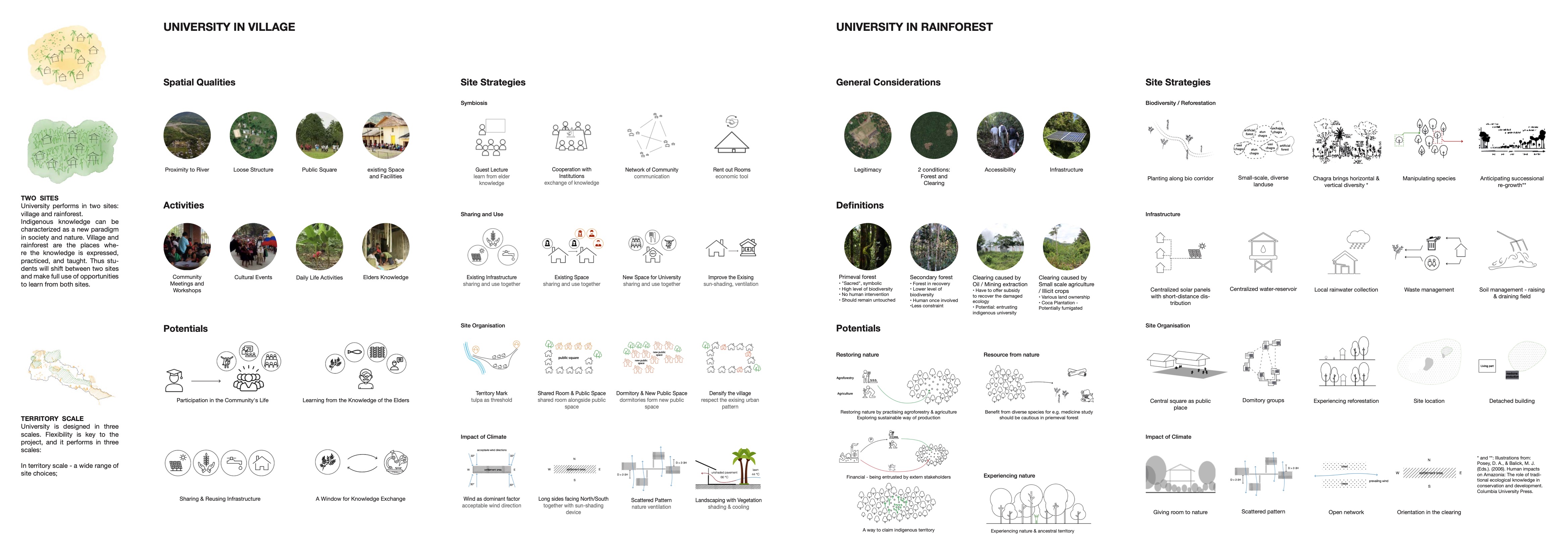
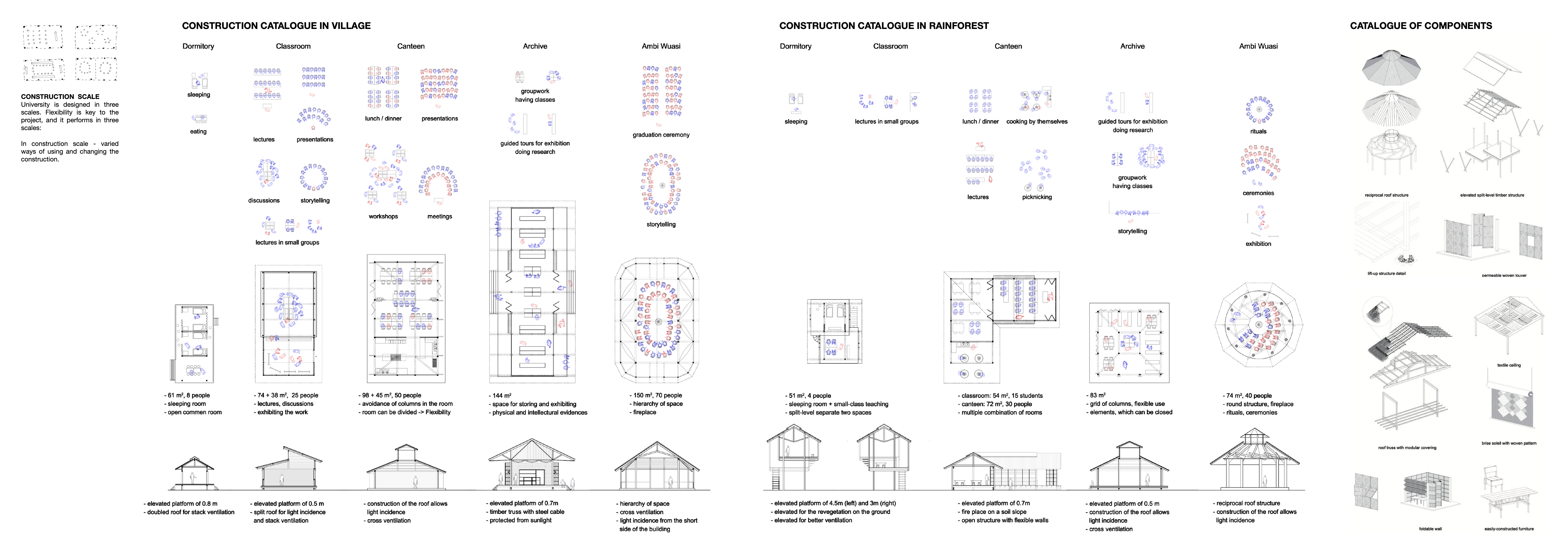


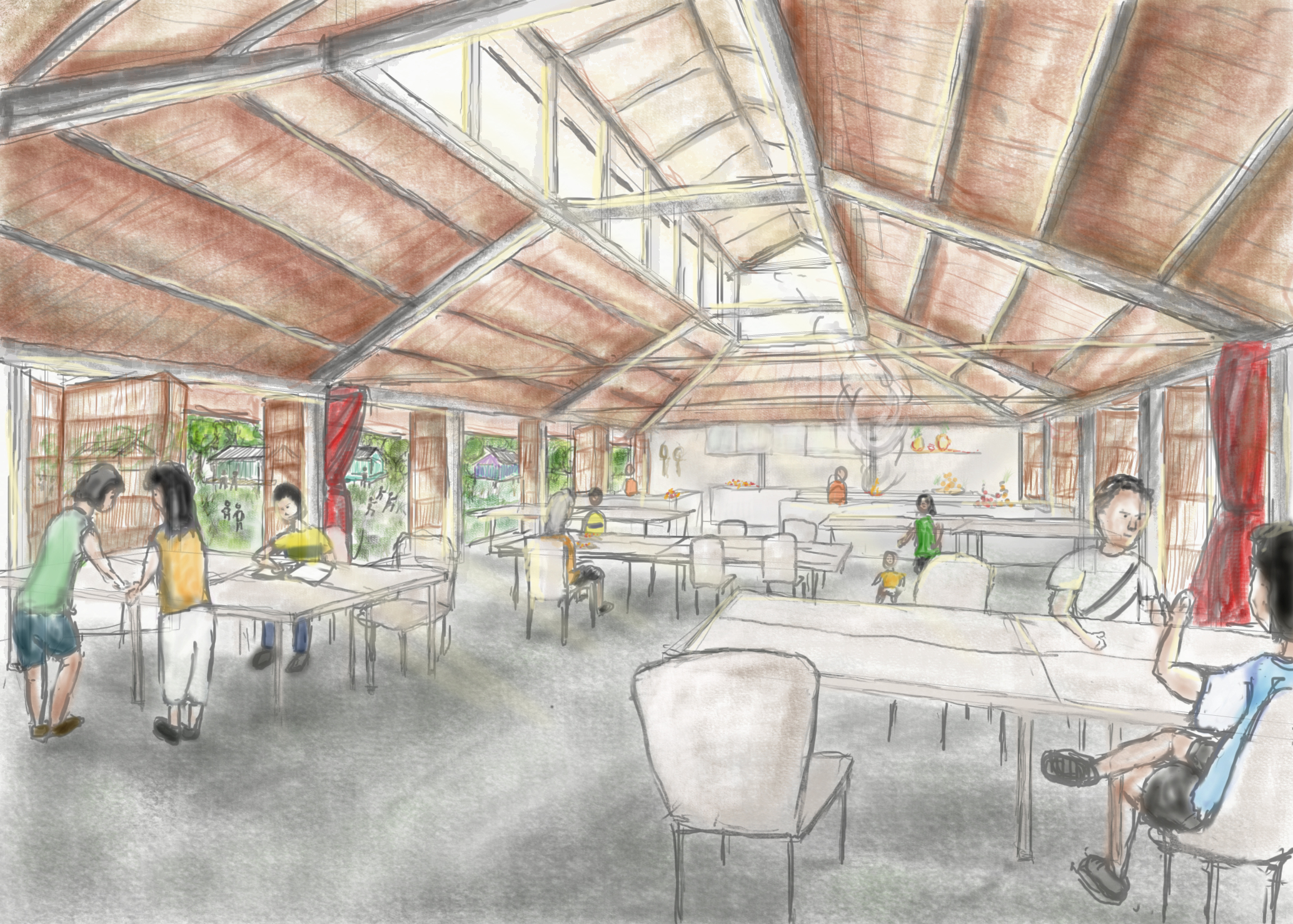



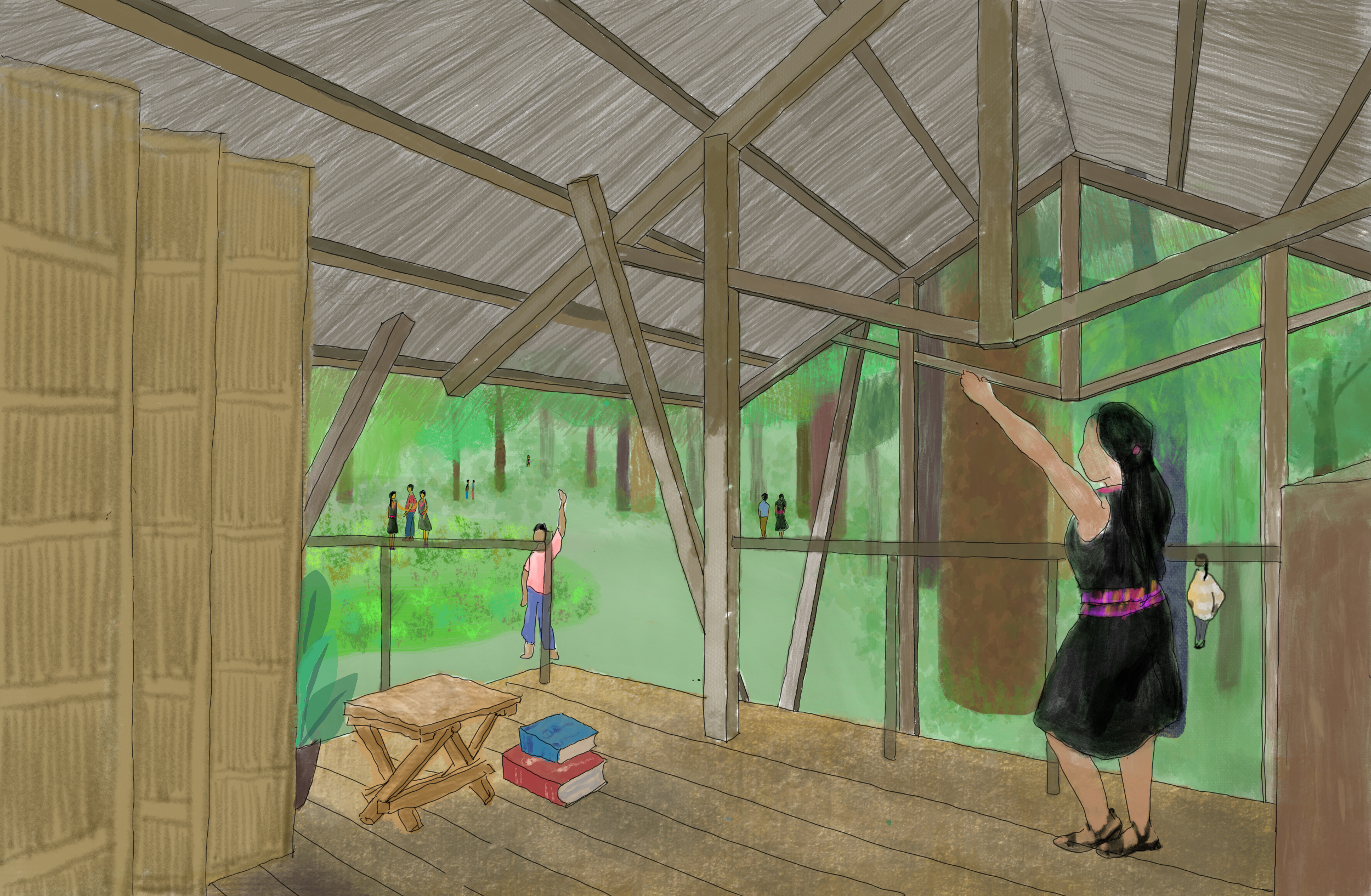
sites
University performs in two sites: village and rainforest. Indigenous knowledge is usually practiced in situ and has its close relation with location. Village and rainforest are the places where the knowledge is expressed, practiced, and taught. Thus students will exchange between two sites and make full use of opportunities to learn from both sites.
To make the university is to make a place for the knowledge.
phases
The university performs in phases. This not only applies to the semester schedule but also the construction of university and the establishment of institution. All the events of the university intertwine with the recurring climate and the traditional agricultural calendar.
The university already exists. It is already anchored in the territory and the knowledge of among Inga people. It could start now with the potential use of the existing.
scales
The university is designed in three scales. Flexibility is key to the project, and it performs in three scales:
In territory scale – a wide range of site choices in relation with in situ knowledge;
In site scale – adaptive ways to organize sites according different existing conditions;
In construction scale – varied ways of using and changing the construction.
Based on the 3-year phasing and 3-year learning program, we proposed 3 phases of construction. Each phase will hold 15 students on each site, and dormitories will be built for the growing population. Chagra will also be built on each phase to provide enough food and reach a certain degree of self-sustainability. The growing construction of the university is aligned with education program and reforestation can be gradually achieved through the planting of permerculture.
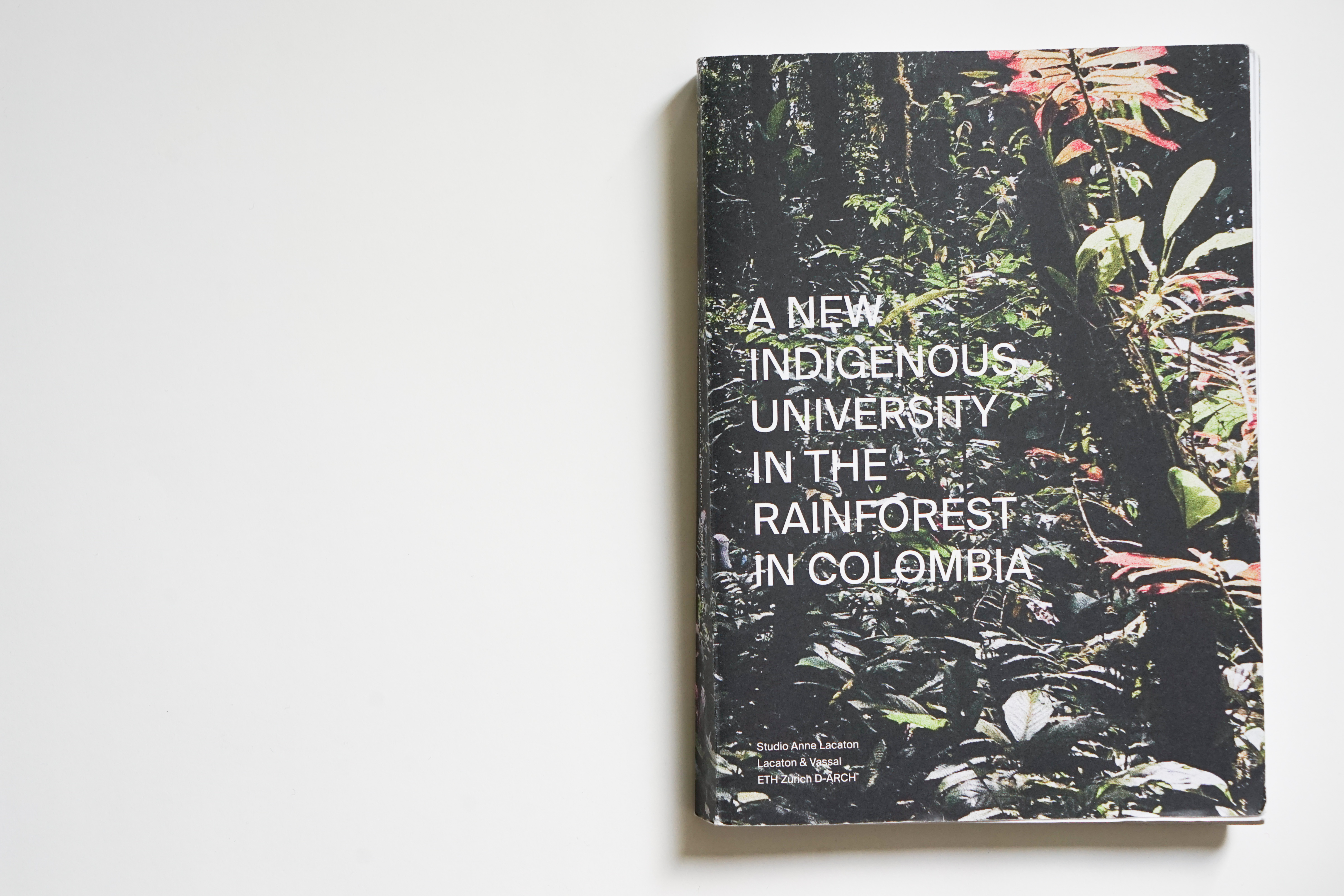
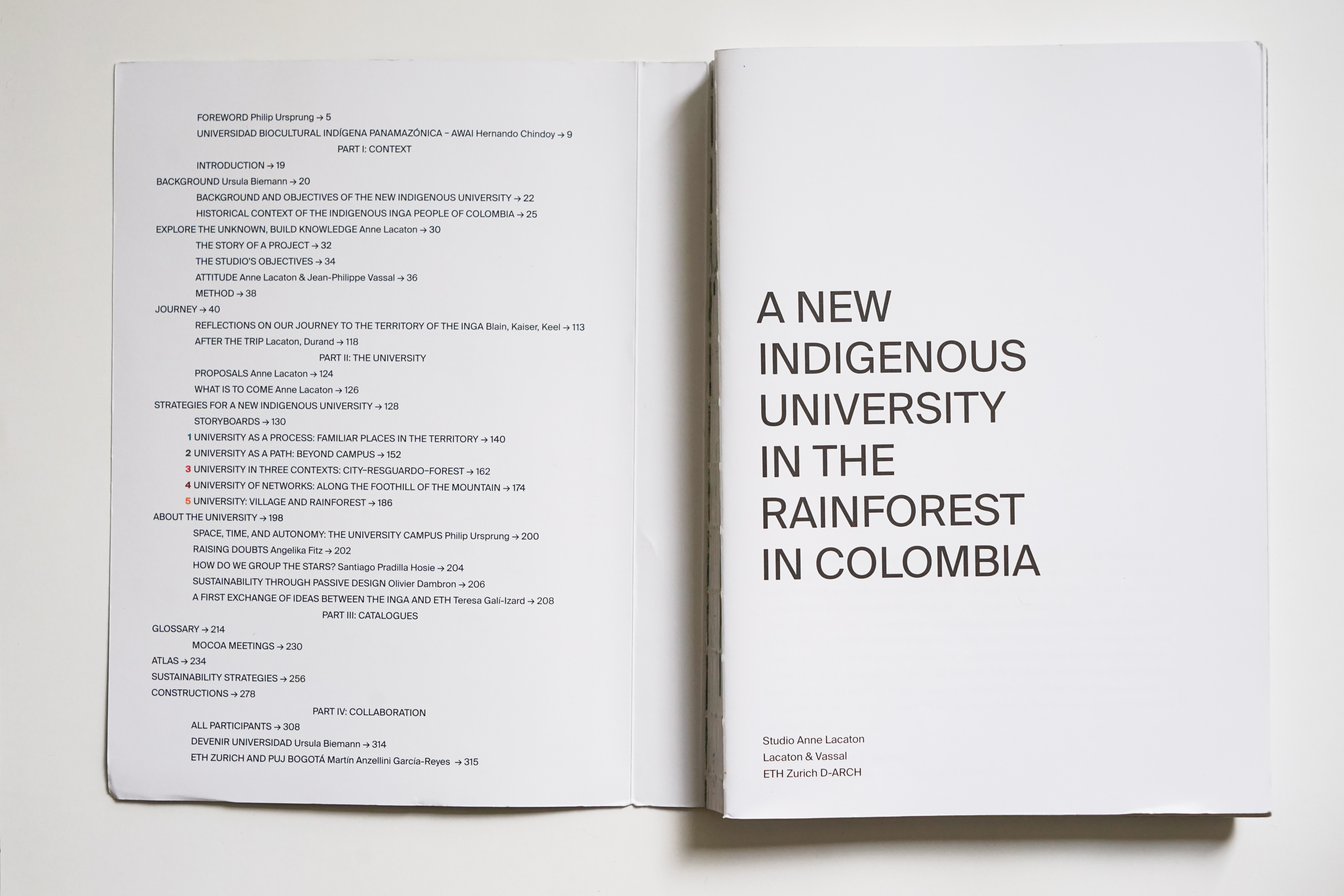


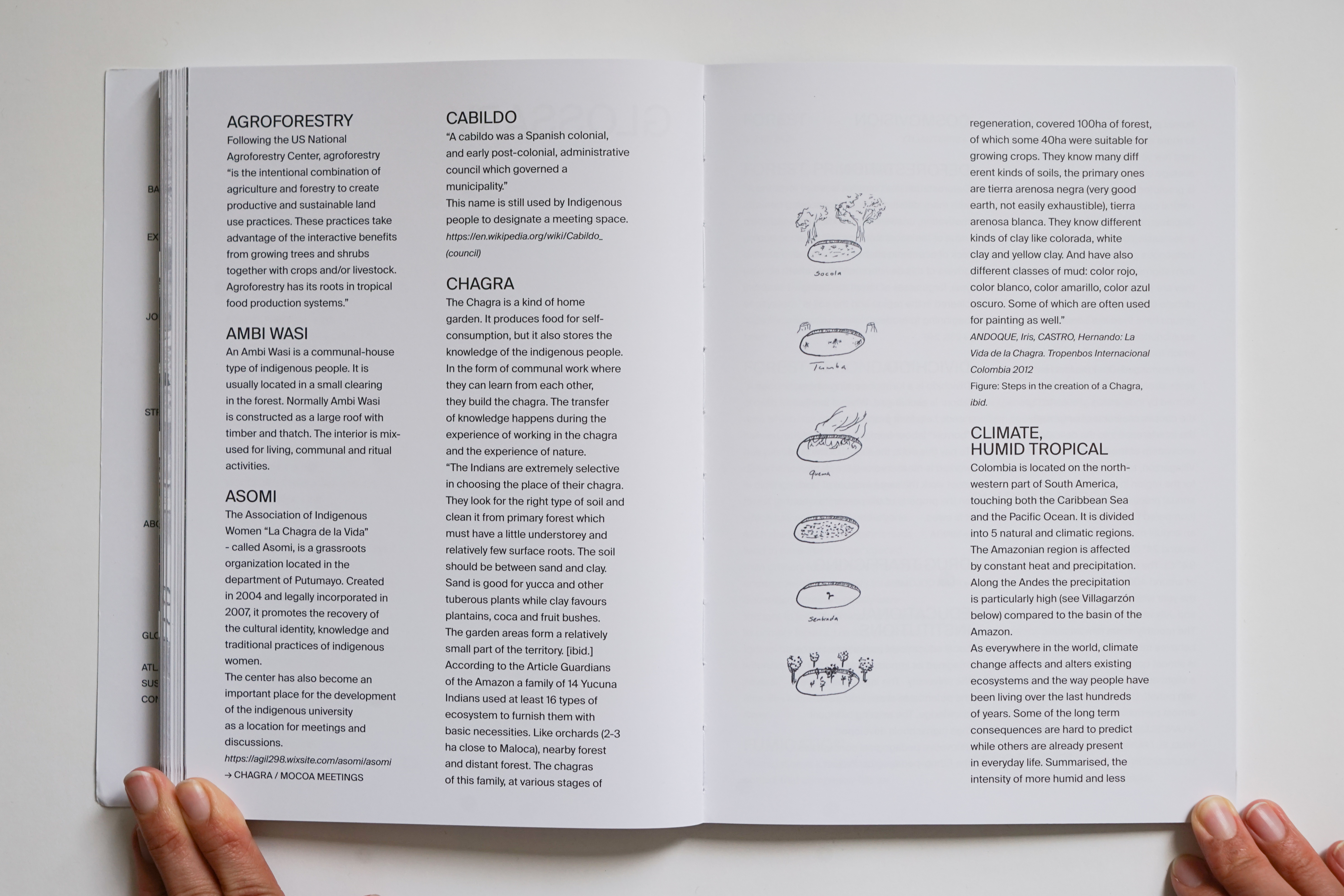
I was part of the editorial team for the studio publication that documents all the design projects and production as the final presentation for the Inga community. The book has both English and Spanish version. (Link to the book)
I participated the exhibition opening discussion as one of the student representatives in the Venice Biennale 2021 at French Pavilion, curated by Christophe Hutin. During the discussion, I brought up the project under a postcolonial perspective, which lead to my reflections and writing later:

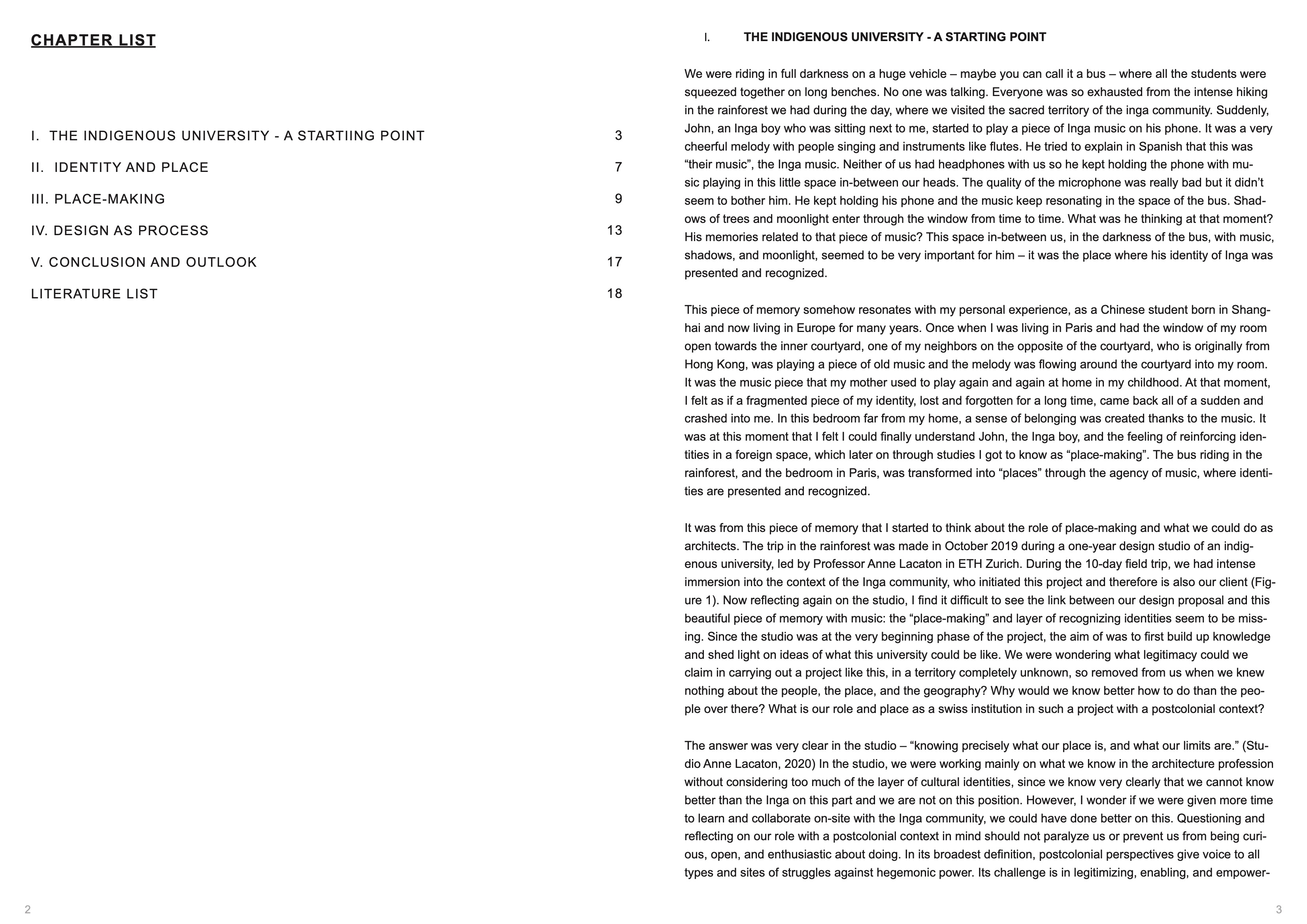
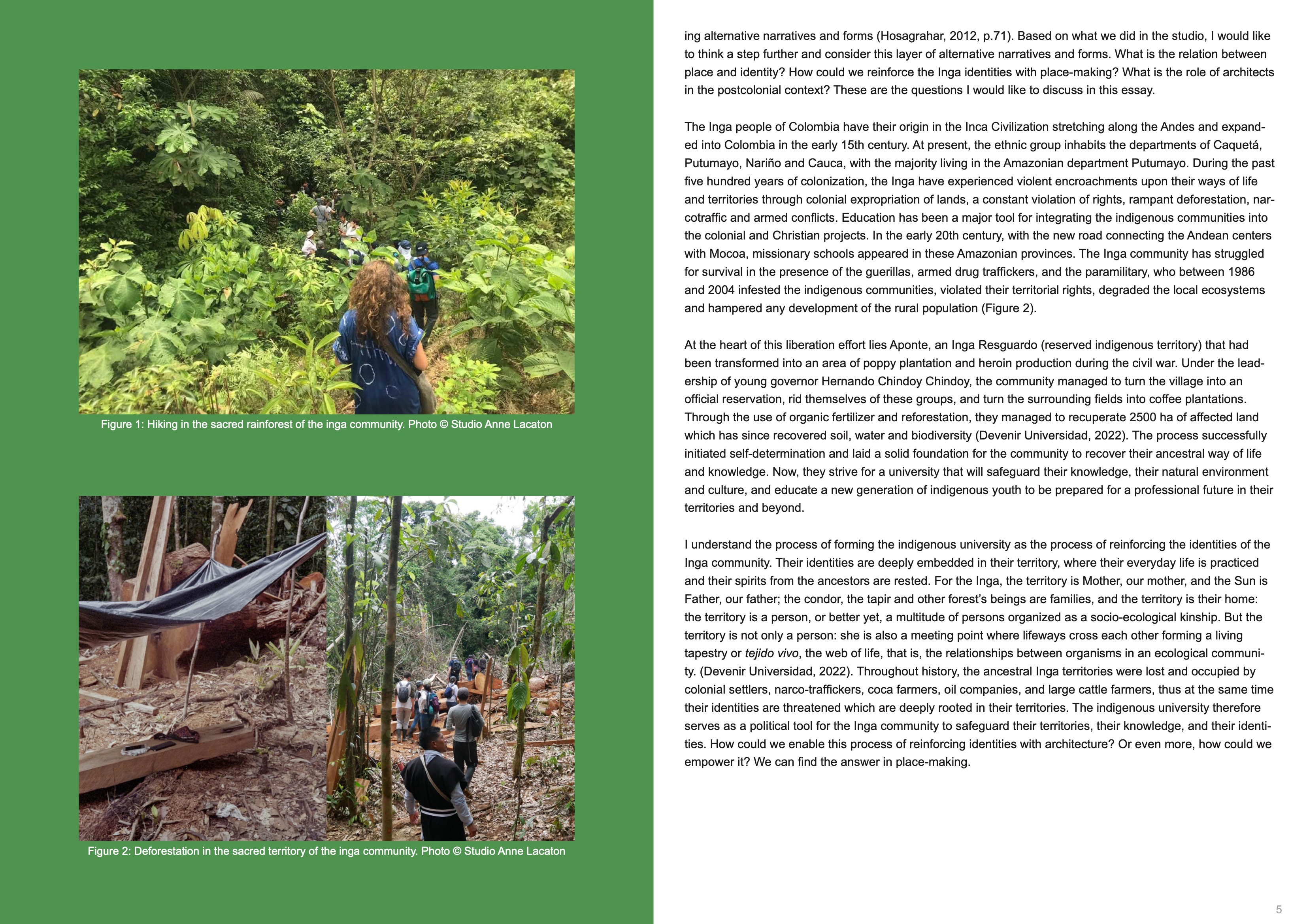
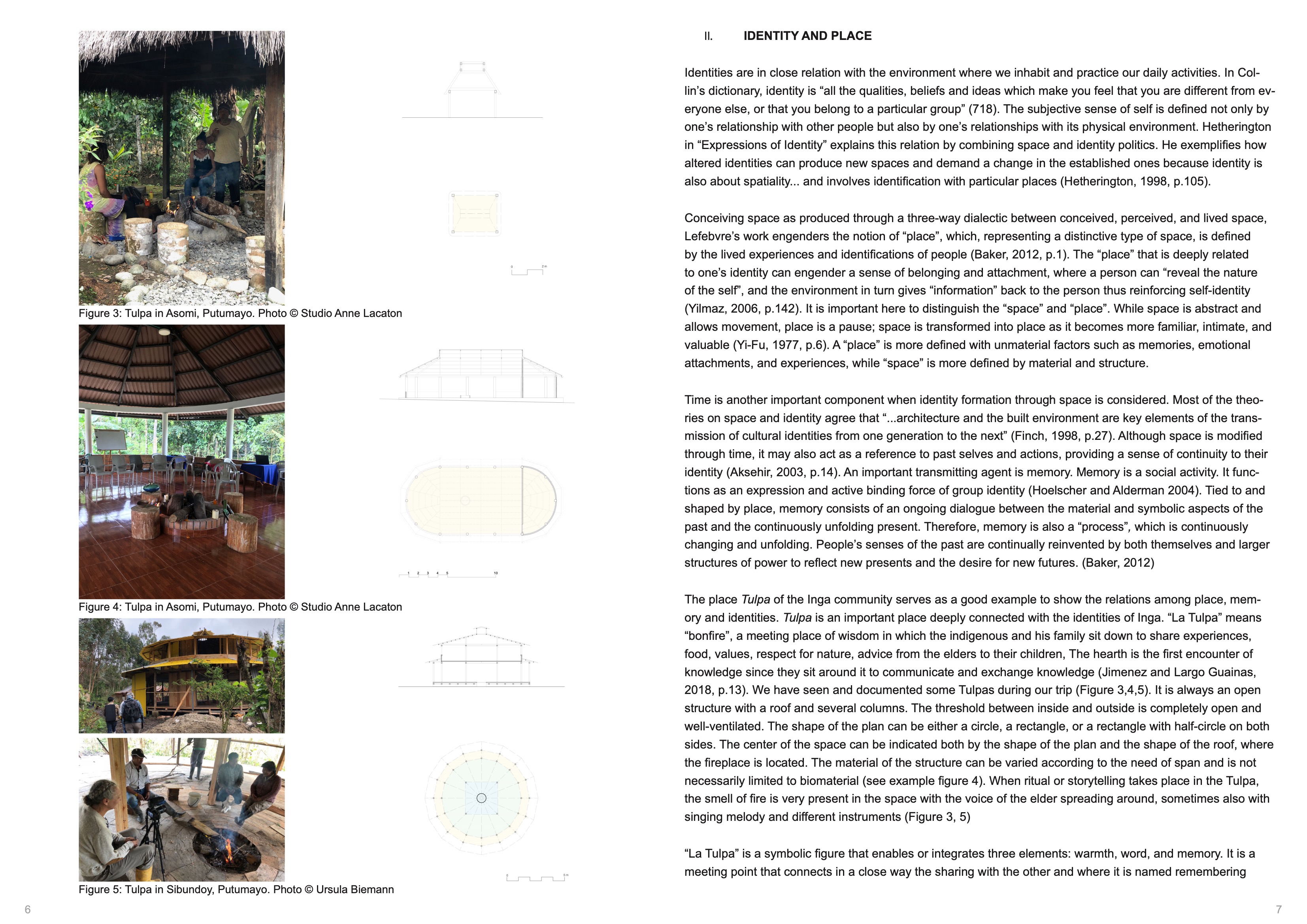
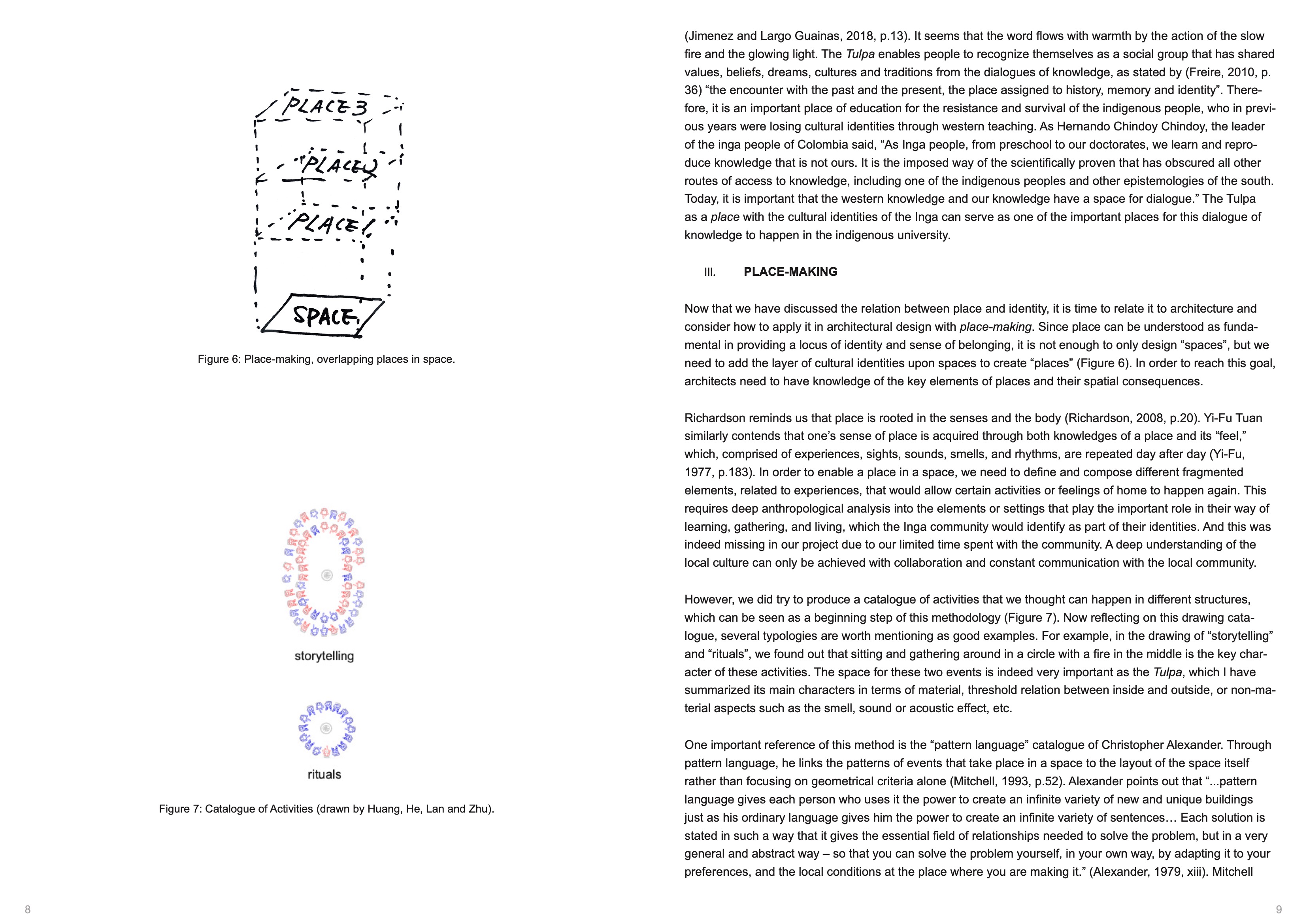

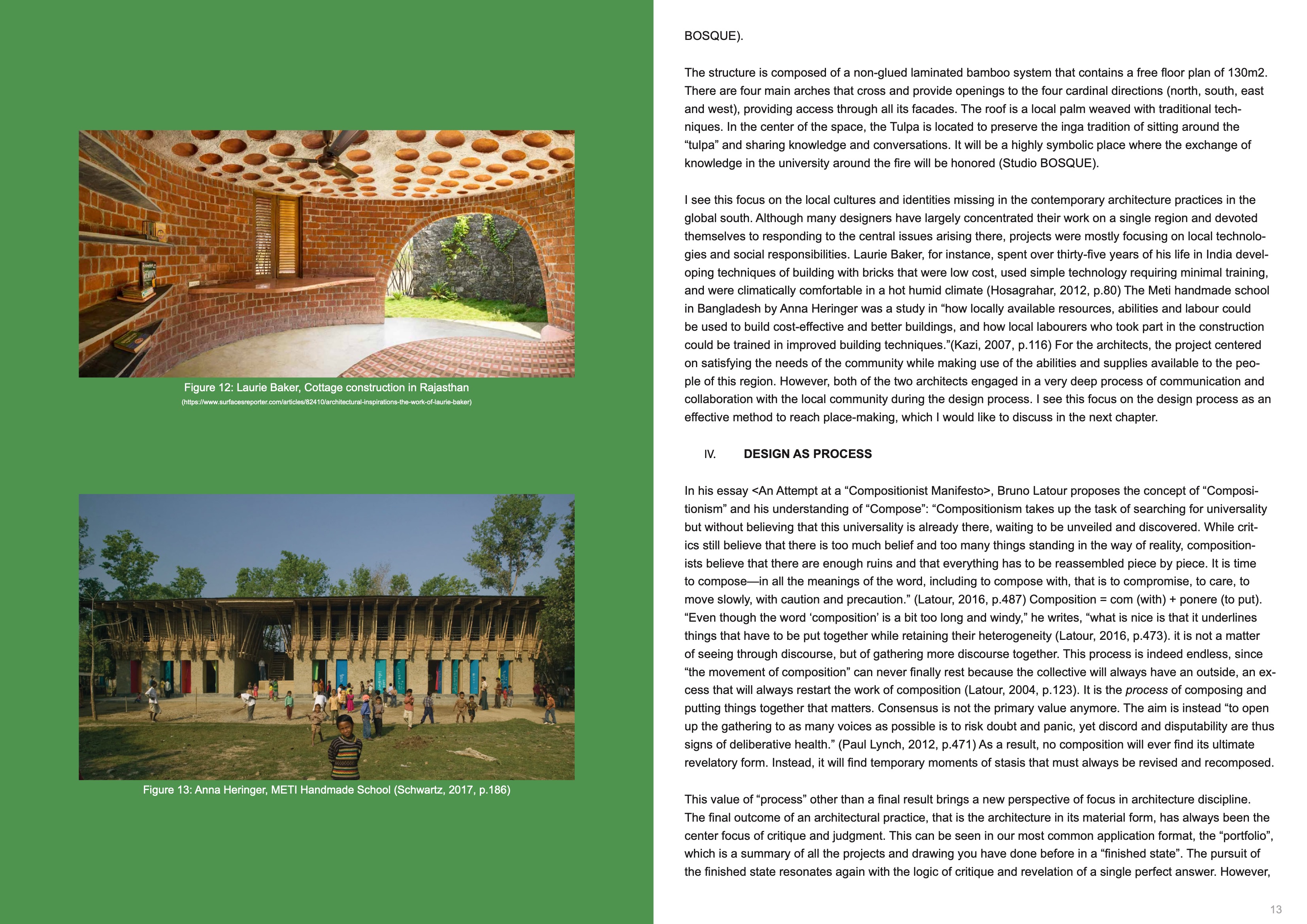

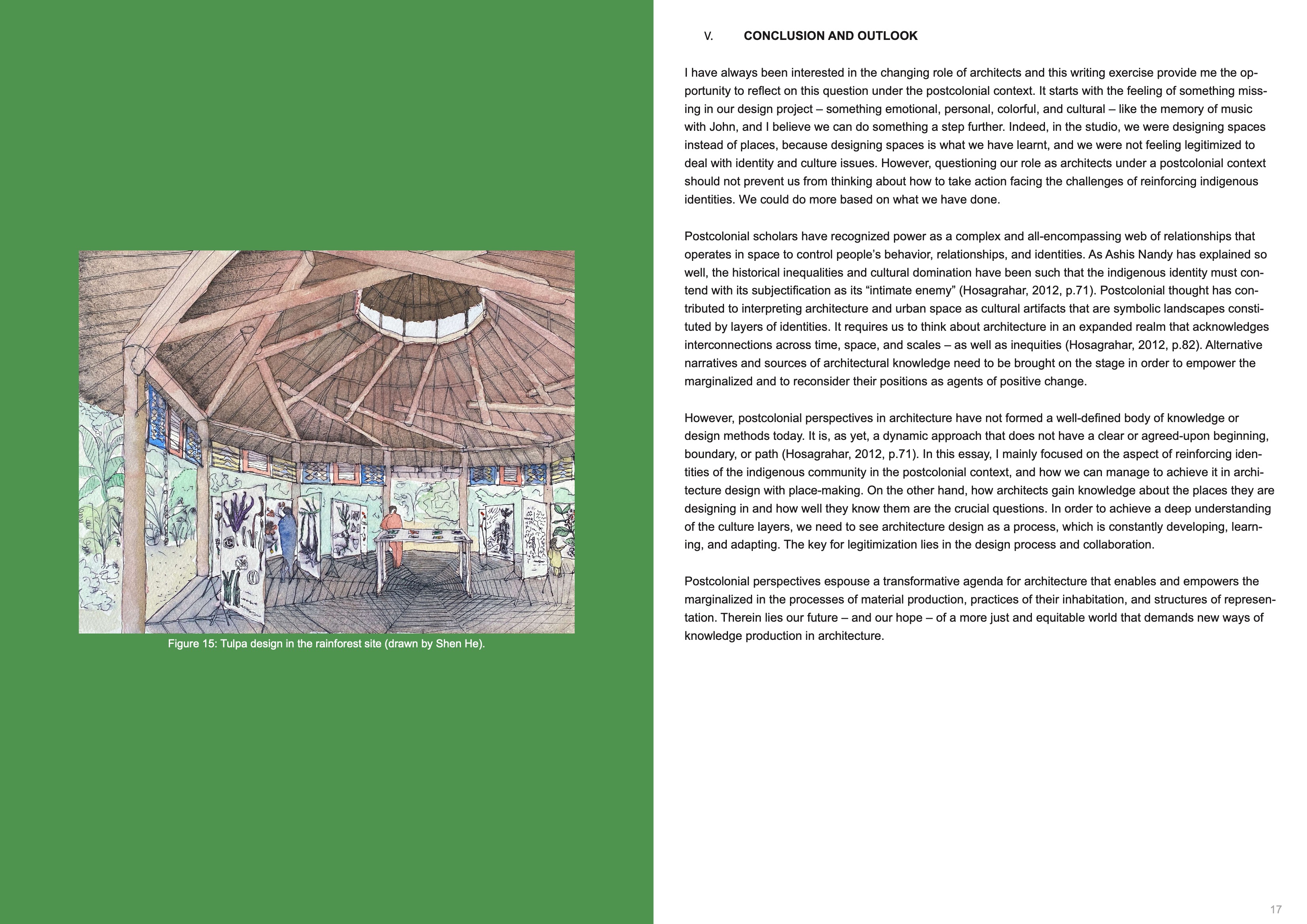
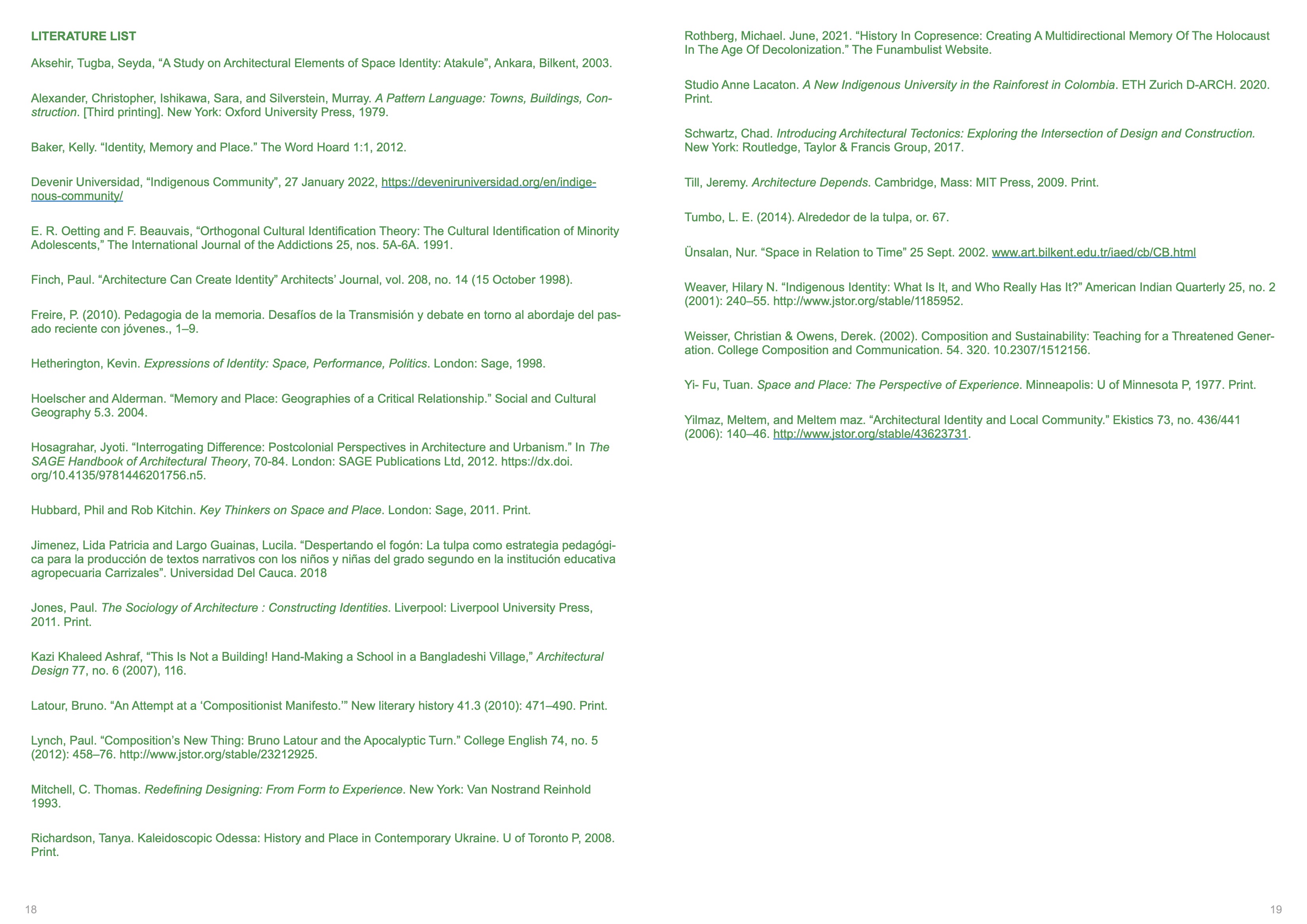
What is the relation between place and identity?
How could we reinforce the Inga identities with place-making?
What is the role of architects in the postcolonial context?
In the studio, we were working mainly on what we know in the architecture profession without considering too much of the layer of culture identities, since we know very clear that we cannot know better than the Inga on this part. However, in this essay,
I argued that questioning and reflecting our role with a postcolonial context in mind should not prevent us from thinking about how to take action facing the challenges of reinforcing indigenous identities. We could do more based on what we have done.
I introduced place-making as a design method under this context to reinforce the indigenous identities. In order to achieve a deep understanding of the culture layers, we need to see architecture design as a process, which is constantly developing, learning, and adapting. The key for legitimization lies in the design process and collaboration.
Postcolonial perspectives espouse a transformative agenda for architecture that enables and empowers the marginalized in the processes of material production, practices of their inhabitation, and structures of representation. Therein lies our future – and our hope – of a more just and equitable world that demands new ways of knowledge production in architecture.
07 To be continued
The project is still actively going on in ETH with many supports. I participated a seminarweek in March 2022 organized by Prof. An Fonteyne, where a group of Inga people were invited to switerland and together we walked, danced and gathered in the forest and discussed how we want to continue the project. We both agree that being and working together are the key for future collaboration and a new project format needs to be planned.
Shen He, Timmy Huang, Tu Lan, Qianer Zhu, Studio Lacaton © 2020